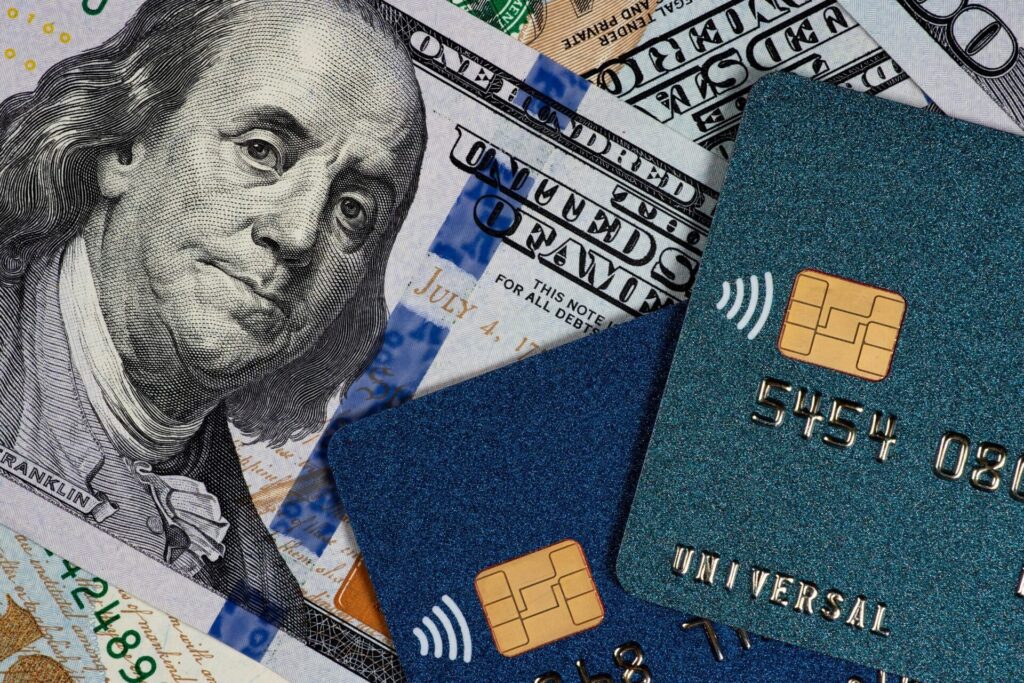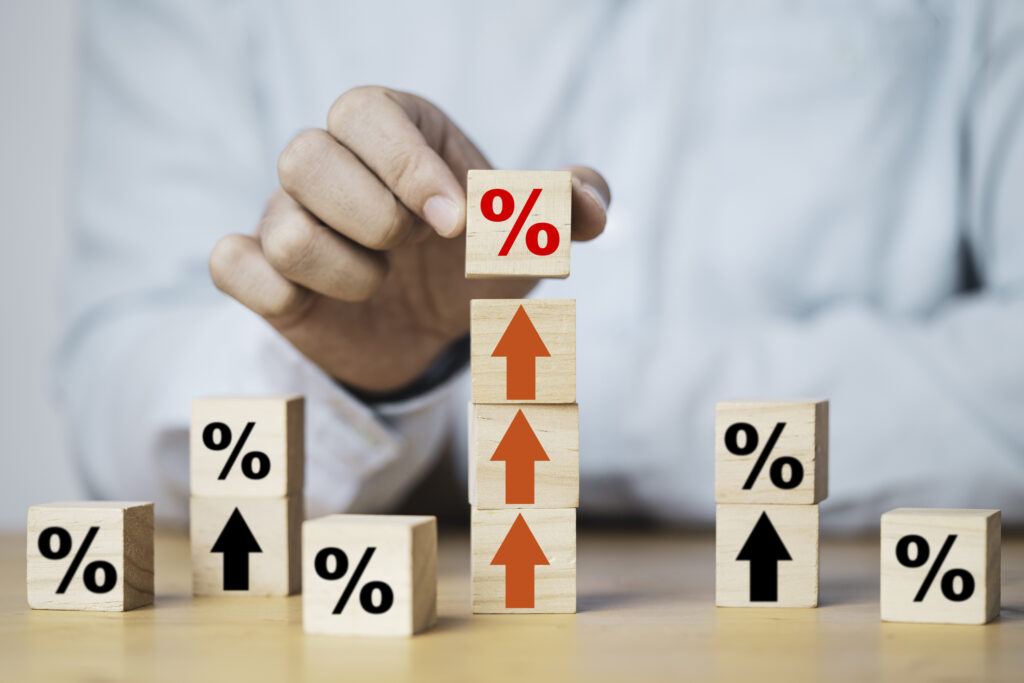Credit cards have become a key part of the way we buy things, and they offer a lot of convenience and flexibility. (What’s in your wallet? Oh, so much purchasing power!) But all of that spending ability—which doesn’t have the same pain as parting with real money—can sometimes get us into trouble. And on top of that, there’s the interest and fees… it all adds up, and it’s easy not to notice it. So how much does a credit card cost, really? Let’s take a look at some of the key costs and things to consider about that credit card in your wallet.
1. Interest rates and APR
The interest charged on balances that aren’t paid off by the due date is one of the biggest costs of credit cards. The Annual Percentage Rate (APR) reflects the annualized cost of the money you’re borrowing, including interest and certain fees. To calculate the monthly interest, you can divide the APR by 12 and apply it to the outstanding balance.
2. Grace period
Many credit cards offer a grace period, a set amount of time where no interest is charged on new purchases if the balance is paid in full by the due date. But cash advances are different—it’s important to remember that they usually start accruing interest immediately, with no grace period to protect you.
3. Minimum payments
Credit card statements specify a minimum amount that must be paid by the due date to maintain good standing. This amount is usually a small percentage of the outstanding balance. While paying the minimum keeps the account current, it leads to higher interest charges over time.
4. Compound interest
Credit card interest compounds, which means you’re not only paying interest on the original balance but also on any accumulated interest. This can massively increase your debt if you don’t manage it carefully.
5. Fees
Credit cards can come with all sorts of fees, including annual fees, balance transfer fees, and cash advance fees. These fees can quickly add up, and really increase the overall cost of using the card.
6. Foreign transaction fees
If you use a credit card when you’re traveling outside the US, you might add foreign transaction fees to the mix, which are usually a percentage of the transaction amount. It’s really important to factor in these fees when you’re calculating the total cost of purchases you make internationally.
7. Late payment fees
Missing a payment deadline usually leads to late payment fees. Even worse, late payments can result in an increased APR, meaning the card costs even more.
8. Rewards programs
While they’re not a direct cost, credit card rewards programs may influence spending behavior. (How many times have we all said ‘put it on the card so I can get the miles.”?) So sometimes we overspend just to get those rewards, when in reality we end up paying more than those rewards are worth.
9. Annual percentage yield (APY)
If you’re saving or investing the money you would have used to pay off your credit card balance, consider the potential earnings. You can compare the APY of your investment to the APR of your credit card debt to make a more informed decision about the best use for your money.
10. Creating a repayment plan
To minimize the costs of credit card usage, it’s a good idea to develop a repayment plan. Be sure you plan to make more than the minimum payment to reduce the principal balance faster and lower the interest charges you’ll have to pay.
The bottom line: credit card cost
Credit cards are convenient but can also come with substantial costs if you’re not extremely careful about using them and paying them off quickly. Understanding how interest is calculated, being aware of associated fees, and managing repayments are all vital to keeping credit card costs under control.










